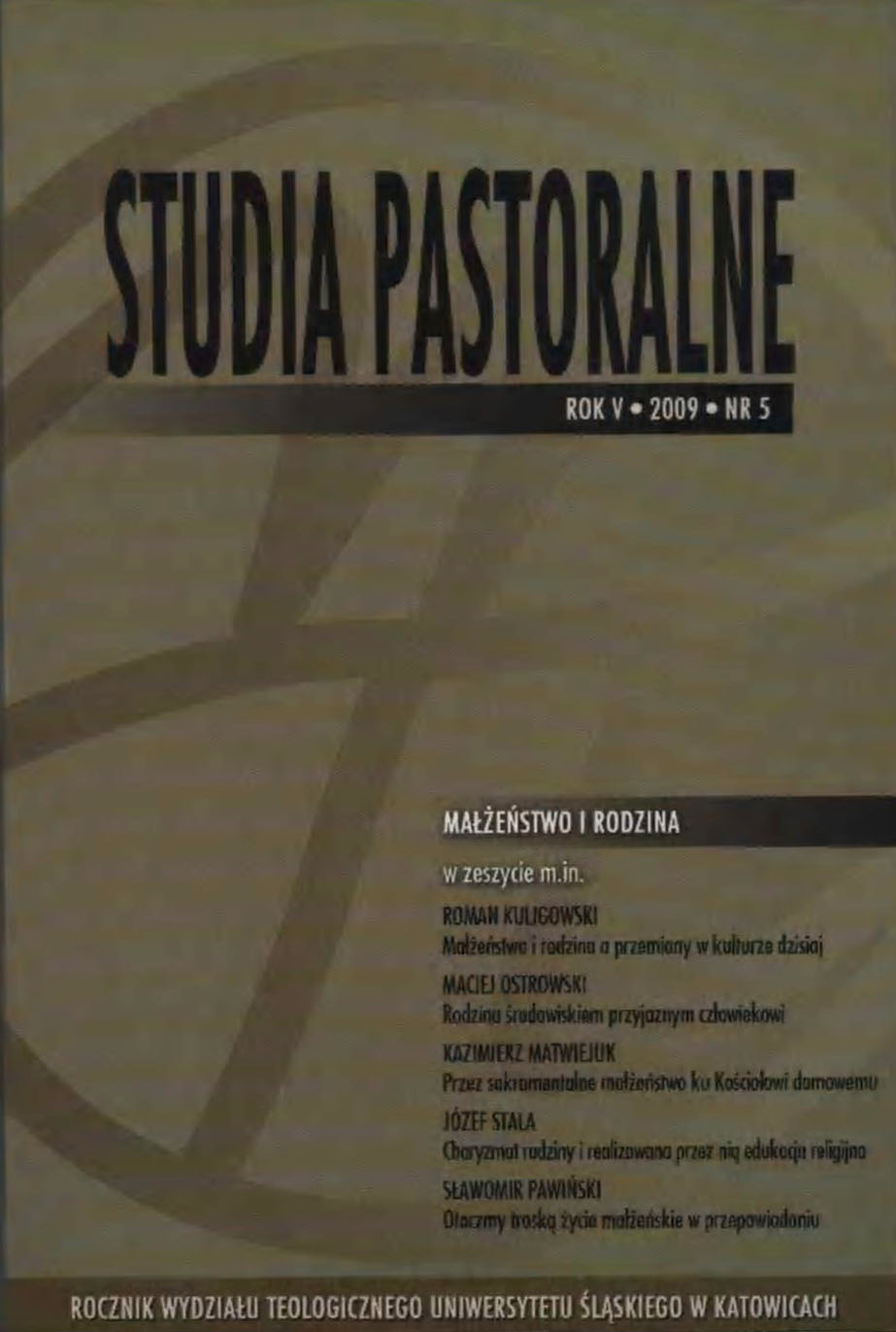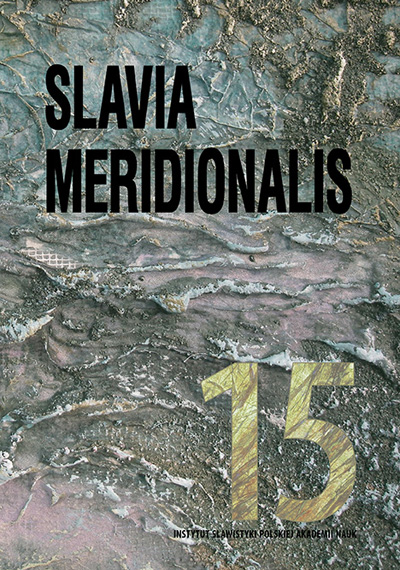
Rodzina środowiskiem przyjaznym człowiekowi
The author makes an attempt at analysing the family environment, working on assumptions typical for Christian ecology. Man lives not only in a natural environment, but first and foremost in a society, which has a significant influence on him/her. The first environment of upbringing is a family, where man is a witness to a Christian life and in this way his/her religious and moral attitudes are formed. The family protects and takes care of a human life from the moment of conception to natural death. Moreover, the author takes note of caring for all the family members’ health, which is a gift from God. This care, among other things, finds an expression in rest in a family circle.
More...
